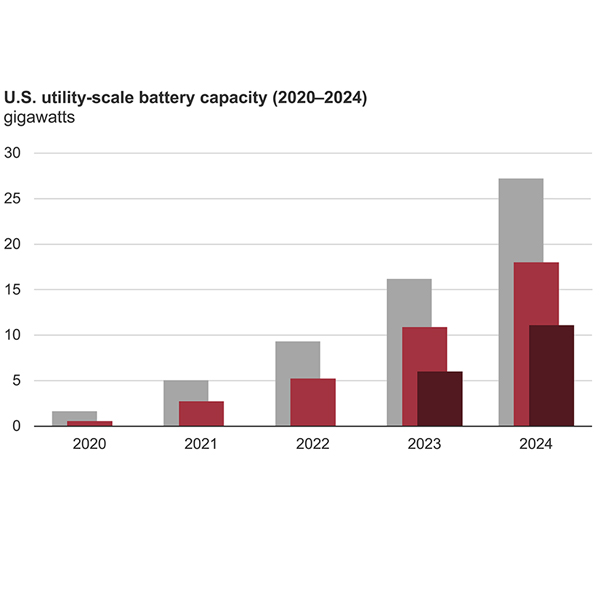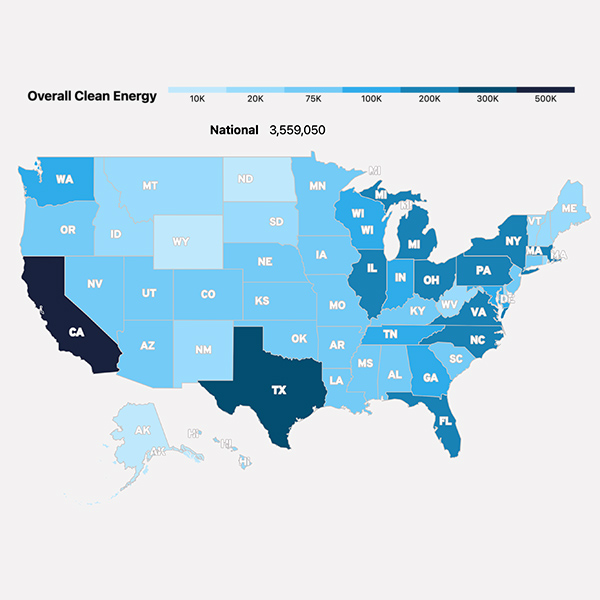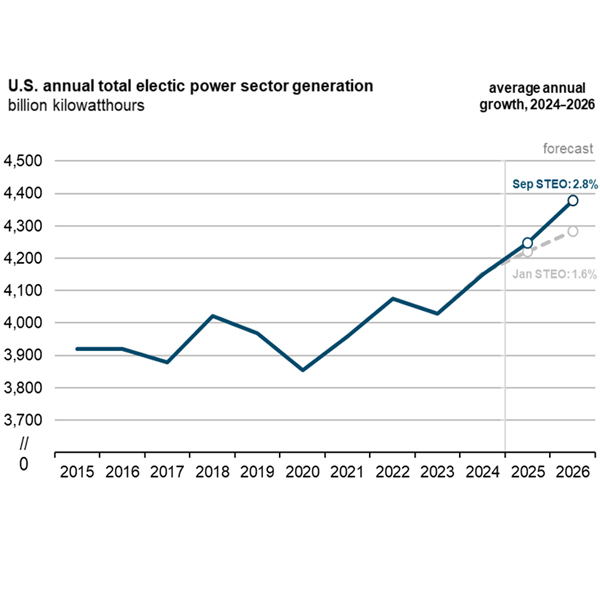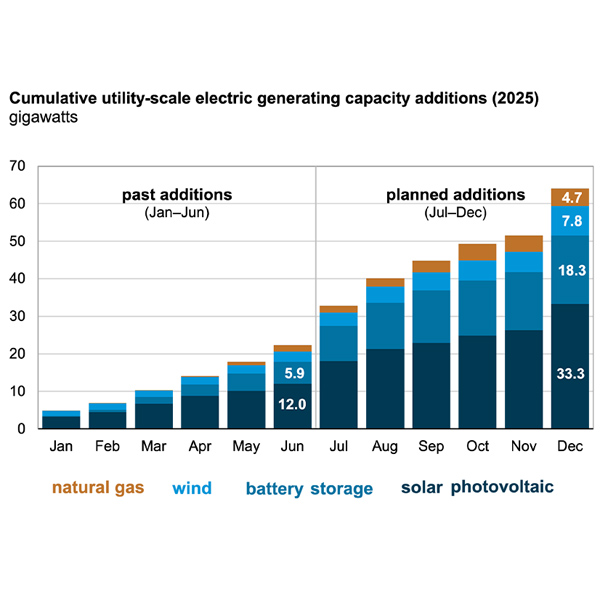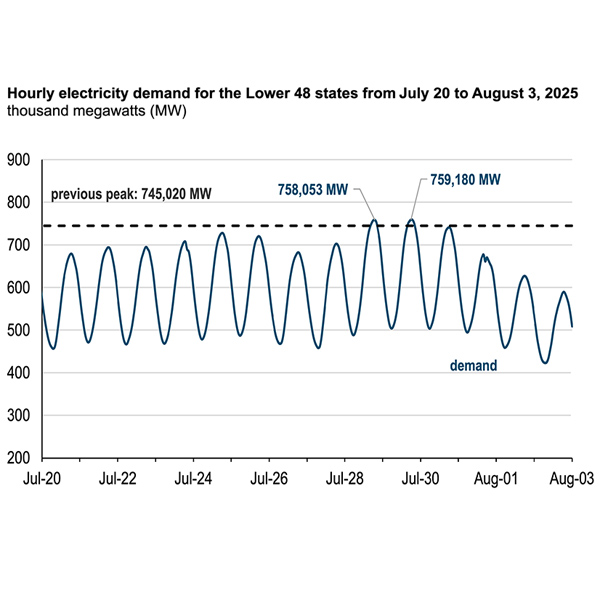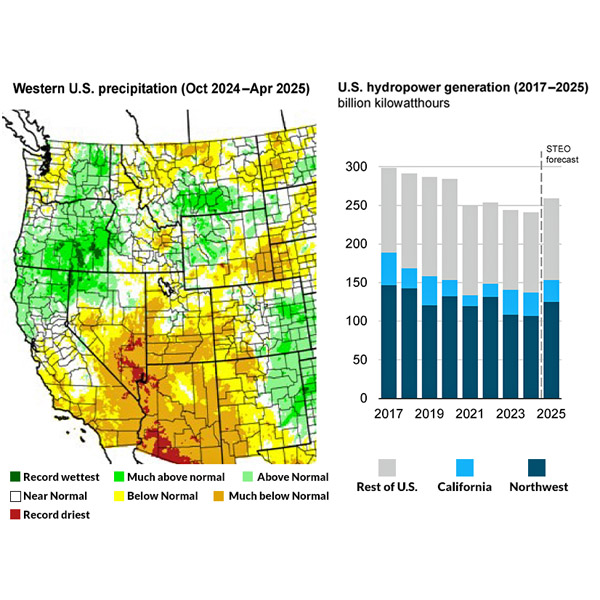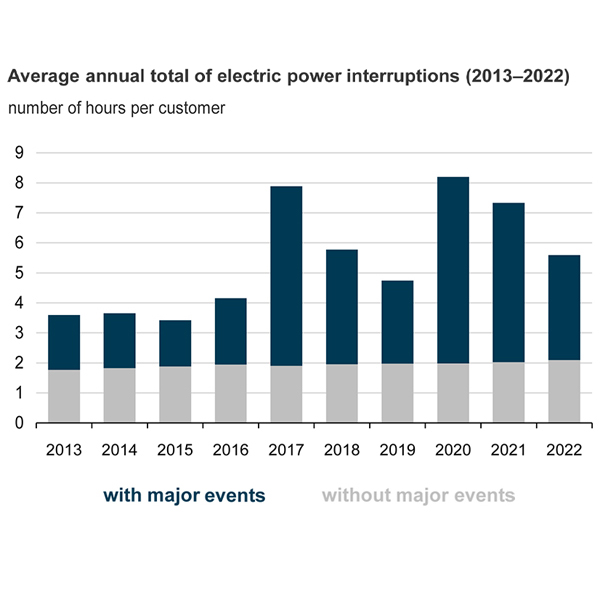Energy Information Administration (EIA)
After a long decline in the U.S., coal-fired generation is enjoying strong policy support in the second Trump administration.
U.S. electricity outage hours reached their highest levels in a decade in 2024 due to the impact of Hurricanes Beryl, Helene and Milton, the EIA reported.
New reports give a picture of a U.S. energy storage sector accelerating at an even faster rate in 2025 despite policy changes but facing a potential slowdown because of those same policy changes.
Several new reports and updates give snapshots and predictions about the changing direction of the U.S. energy sector.
The U.S. Energy Information Administration is boosting its estimate of national power generation growth to 2.3% this year and 3.0% next year.
Adapting charging of electrical vehicles to real-time grid conditions could save utilities up to $30 billion annually and reduce peak energy demand, according to a new report by The Brattle Group and smart charging provider ev.energy.
The United States is on track for a record increase in power generation capacity in 2025, the U.S. Energy Information Administration reports.
Peak electricity demand in the 48 contiguous states set records twice in the last of week of July, reaching 758,053 and 759,180 MW over one-hour periods July 28 and 29.
Federal analysts expect U.S. hydropower generation to increase 7.5% over 2024 totals, which were the lowest in at least 14 years.
"Chicken Little" claims about power outages being caused by the transmission grid being overtaxed do not stand up to scrutiny, says columnist Steve Huntoon.
Want more? Advanced Search


